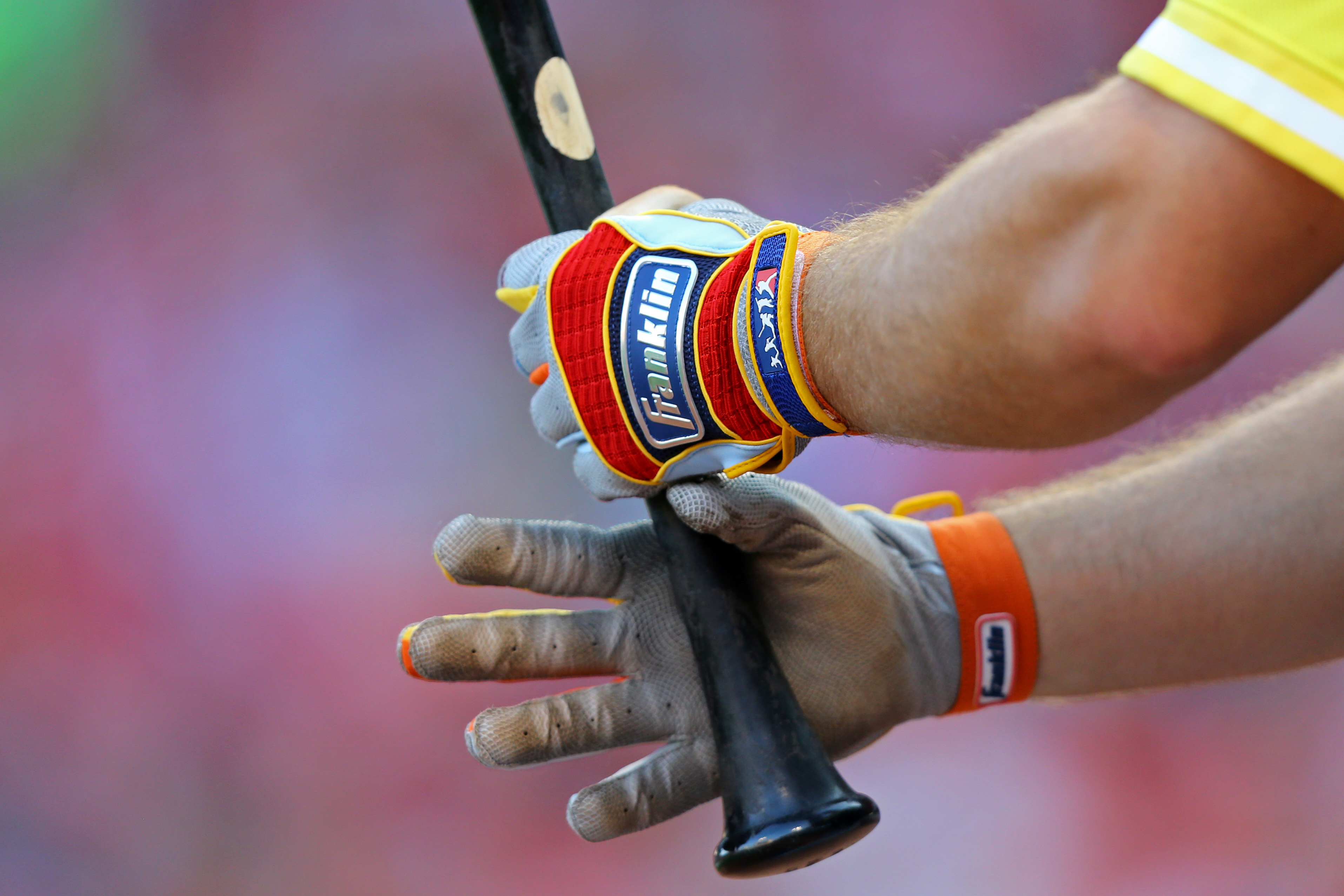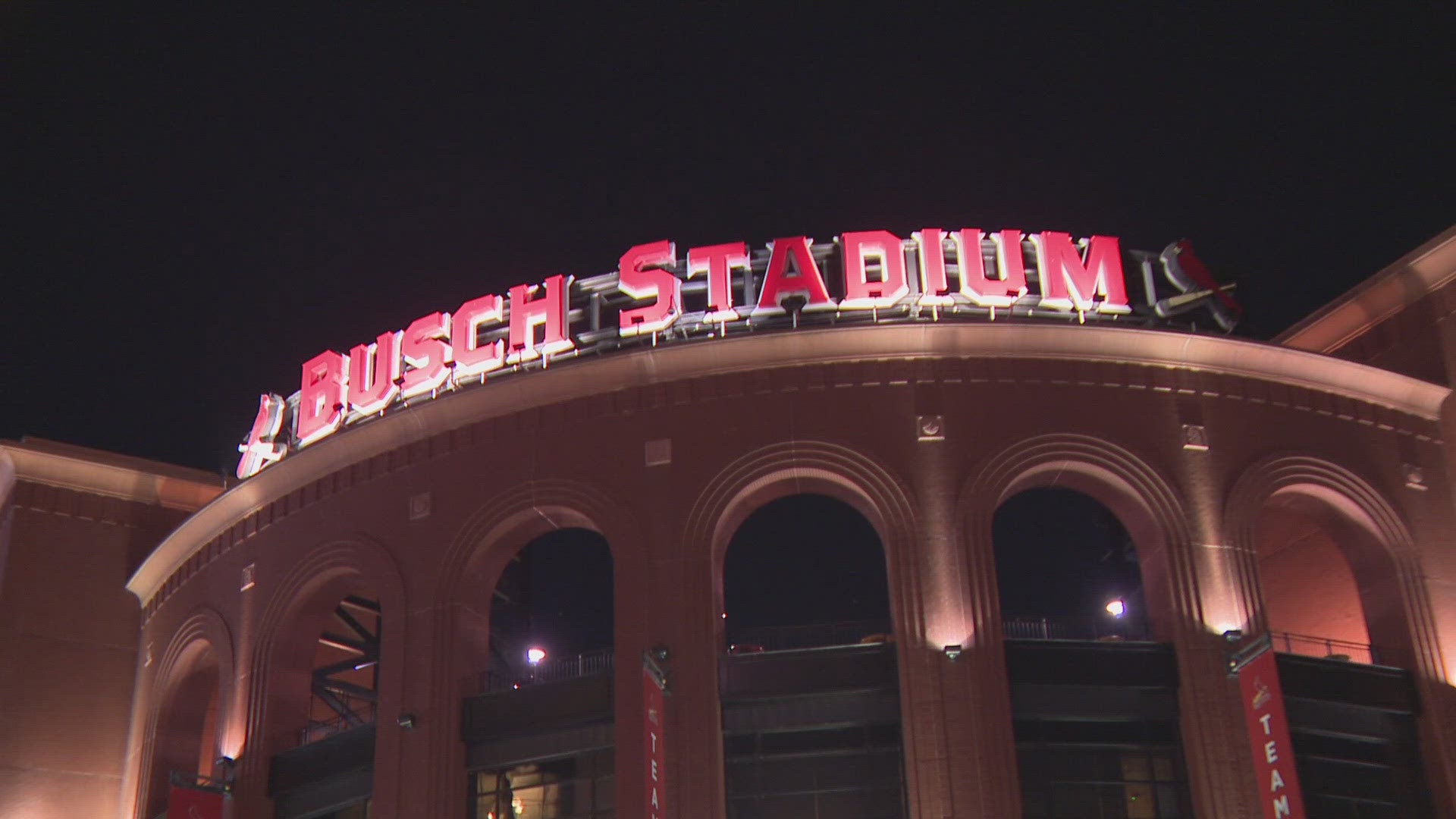The languid pace of this offseason’s free agent market – which still contains about 130 available players with one month before the opening of training camps – raises a question for those still seeking work: How many job openings exist?
USA TODAY Sports took a team-by-team look at what spots still need to be filled, with a focus on position players, starters and closers. Should jobless players start to panic?
Maybe so.
As of Thursday afternoon, major league teams had 77 easily identifiable job openings, not counting non-closer bullpen jobs. There are 19 outfield openings, for instance, yet 34 outfielders remain unsigned, meaning it's likely a majority of those on the market will have to settle for non-guaranteed jobs.
These numbers are moving targets, of course: Teams may decide to splurge on a luxury item where an obvious need does not exist, affecting markets from top to bottom.
More likely, however, they will fill those spots via trade, minor league promotion or by signing multiple players to non-guaranteed deals and seeing which one sticks.
For dozens of players outside the strata of Jake Arrieta, J.D. Martinez and Yu Darvish, the notion of grabbing guaranteed dollars when offered may soon look like a wise move.
Here's a division-by-division look at possible openings for players seeking major league deals:
AL East
Baltimore Orioles: Four (RF, 3 SP). Preferring to keep slugger Mark Trumbo in the DH spot rather than put him in the outfield, the Orioles need a full-time right fielder. Top prospect Austin Hays, 22, is currently the best option, but he would benefit from more time in the minors. The O’s greatest need is in the rotation after having four pitchers who made at least 10 starts last season depart as free agents.
Boston Red Sox: One (UT). Signing free-agent first baseman Mitch Moreland filled the team’s biggest offseason need and locked Hanley Ramirez into the DH spot. Barring a trade, there’s no room in the outfield with Mookie Betts, Jackie Bradley Jr. and Andrew Benintendi under control through at least 2020. Boston’s greatest need is a utilityman who can start at second base until Dustin Pedroia returns in June from knee surgery. A catching upgrade is also possible.
New York Yankees: Two (3B, SP). Gleyber Torres will get a chance to play second, and it seems they'd prefer a proven third baseman and more reliable innings in the rotation. They could get by without doing anything else, but that is not how the Yankees operate.
Tampa Bay Rays. Two (3B, 1B). Trading cornerstone Evan Longoria created an unexpected vacancy. Matt Duffy is slated to take over, but he missed the entire 2017 season with an injury to his foot. First baseman Logan Morrison, who hit 38 home runs last year, departed as a free agent – leaving the Rays without their top two RBI men.
Toronto Blue Jays: Four (two OF, SP, backup C). Blue Jays outfielders combined for a measly .718 OPS last season and there are openings at both corner spots alongside center fielder Kevin Pillar. For now, Teoscar Hernandez and Steve Pearce project as the favorites. The backup catcher role and the fifth spot in the rotation also need to be addressed.
AL Central
Chicago White Sox: Two (SP, OF). The Thursday signing of Miguel Gonzalez may complete the rotation for now, but they may need another veteran arm on a low-guarantee deal with so many youngsters in the mix and Carlos Rodon not ready for the start of the season.
Cleveland Indians: None. They figure to replace set-up man Bryan Shaw, but barring a trade of Jason Kipnis, the Indians already have about 30 players for a 25-man roster, with Tyler Naquin, Melvin Upton and Mike Clevinger hard-pressed to make the team out of spring training.
Detroit Tigers: One (SP). How many games would they like to lose? Trading ace Michael Fulmer or a big bat like Nick Castellanos could create more openings here, but the just-now-rebuilding Tigers likely won’t add to a lineup now featuring Dixon Machado, Leonys Martin and Jeimer Candelario instead of Ian Kinsler, Justin Upton and J.D. Martinez.
Kansas City Royals: Four (CF, RF, SP, backup INF). The Mike Moustakas-Lorenzo Cain-Eric Hosmer free agencies have wracked the roster, giving GM Dayton Moore numerous paths to replace them – or perhaps retain Hosmer. Right now, the combo of Paulo Orlando, Jorge Bonifacio, Jorge Soler and Brandon Moss are manning two outfield spots, first base and DH. That will change.
Minnesota Twins: Four (SP, SP, backup INF, DH). They are finalists for Yu Darvish and will definitely add one significant starter. An additional off-Broadway arm also seems likely. A possible suspension for Miguel Sano – who has never played more than 116 games, anyway – could necessitate infield depth, and the lineup could use one more thumper.
AL West
Houston Astros: Two (LF, SP). The World Series champions are pretty well set, although they seem intent on trading or signing a rotation upgrade, with Darvish listing them among his finalists. Left field may only be partially open because the club prefers to use Marwin Gonzalez as a super-utilityman, which could give multitalented outfielder Derek Fisher a chance at frequent at-bats.
Los Angeles Angels: One (Closer). The Angels boosted a lineup that finished with the AL’s lowest OPS (.712) by obtaining second baseman Ian Kinsler, shortstop-turned-third baseman Zack Cozart and Japanese two-way star Shohei Ohtani. Now, the Angels need to figure out whether Blake Parker (eight saves in 11 chances) or somebody else can close games consistently. Veteran Jim Johnson and Cam Bedrosian are other options.
Seattle Mariners: Four (two SP, LF, backup C): A starting corps that can no longer count on Felix Hernandez to perform like an ace has two weak spots at the back end, where Erasmo Ramirez and Marco Gonzales project as the leading candidates. They combined for six major league wins last season. Do they trust Ben Gamel (11 homers, .735 OPS) can provide enough production in left field?
Texas Rangers: Four (closer, SP, LF, backup catcher). Coming off a 78-84 season, the Rangers have done little to address their main weaknesses, adding pitching depth but not a top-flight starter like, say, Darvish. The club is considering moving reliever Matt Bush to the rotation, which would remove one closer option. It’s not clear whether Mike Minor will pitch in relief or as a starter, and the top candidate for left field is a rookie, Willie Calhoun, who played primarily second base in the minors last year.
Oakland Athletics: Three (CF, two SP): By trading for Stephen Piscotty and switching Matt Joyce from right to left field, the A’s addressed the outfield corners. Center field remains a black hole. The same goes for the rotation, which has youthful options in Jharel Cotton, Paul Blackburn, Daniel Mengden and Daniel Gossett, all far from sure things.
NL East
Atlanta Braves: One (3B). The rebuilding Braves have an exceptionally deep farm system, enabling them to fill just about any opening with a decent minor leaguer. For example, they traded starting right fielder Matt Kemp, but can replace him with the game’s No. 1 overall prospect, Ronald Acuna. Their one short-term opening is at third, with 20-year-old Austin Riley still a couple years away. Projected starter Johan Camargo has more value in a multiposition role.
New York Mets: Five (2B, 3B, CF, backup IF, backup OF). The Mets appear to be willing to spend when prices come down. Asdrubal Cabrera will start at whichever infield spot the Mets don't fill. Jay Bruce may play first and the Mets don’t really have a center fielder – Michael Conforto can fake it and Juan Lagares hasn’t shown he can hit enough. They won’t fill all these holes from outside.
Washington Nationals: Two (SP, backup C). This is a World Series-ready team now. Upgrades at these positions are bonuses and the Thursday reunion with Edwin Jackson on a minor-league deal may represent their rotation depth, barring a surprise splurge.
Florida Marlins: Seven (RF, 3B, SS, four SP). It’s almost impossible to consider them serious players in the free agent market as Derek Jeter and Co. tear it down. They are more likely to lose players — Christian Yelich, J.T. Realmuto — than be active spenders. They’ll likely sign a few cheap veterans.
Philadelphia Phillies: Two (two SP). Still in a rebuild, but close to trying to contend, thus they will pounce on the right player. The Phillies lack frontline arms outside of Aaron Nola and need rotation help to keep moving forward.
NL Central
Chicago Cubs: Two (Closer, backup C). The loss of Wade Davis paves the way for Brandon Morrow or Steve Cishek to inherit the closer role - or import another arm. At catcher, Victor Caratini has less than a year of major-league experience backing up Willson Contreras.
Pittsburgh Pirates: One (backup C). This could change should the Pirates consummate one of many potential Gerrit Cole or Andrew McCutchen trades.
Cincinnati Reds: Two (SP, OF). None of the Reds' five projected starters threw more than 100 innings in 2017; manager Bryan Price deserves some reinforcements.
Milwaukee Brewers: One (SP). The Brewers made a surprising run at the division thanks to their rotation – it ranked 10th in the league in ERA. But an injury to Jimmy Nelson created a big hole at the top of the rotation. He will miss significant time while recovering from shoulder surgery.
St. Louis Cardinals: Two (Closer, 1B). Seung Hwan Oh is a free agent and is not expected to re-sign.
NL West
Arizona Diamondbacks: Two (LF, closer). David Peralta and Yasmany Tomas currently man the corner outfield spots, but could easily combine to form a platoon in right. Archie Bradley was a revelation in his first season as a reliever (1.73 ERA, 9.7 K/9) setting up for Fernando Rodney, but will he continue to be as effective if he’s moved into the closer’s role?
Colorado Rockies: Two (1B, backup OF). The possible loss of Carlos Gonzalez and Mark Reynolds as free agents leaves a hole at first. Ian Desmond could fill it by moving over from left field – opening a spot for David Dahl or Raimel Tapia – or perhaps prospect Ryan McMahon will get his chance after a big season in the minors. Gerardo Parra switches from left to right field to replace Gonzalez.
Los Angeles Dodgers: One (LF). The metrics-driven Dodgers are committed to platooning, which provides opportunities for the likes of utilityman Kike Hernandez. He figures into the mix all over the infield and in left field, where the inconsistent Joc Pederson and Andrew Toles – coming off knee surgery – will vie for the starting job.
San Diego Padres: Five (three SP, 2B, closer). Clayton Richard (4.79 ERA) and Luis Perdomo (4.67) are the two top returning starters from a rotation that lost top winner Jhoulys Chacin to free agency and needs all sorts of help. Dinelson Lamet (7-8, 4.57 ERA as a rookie) will get first crack at one spot, but the other two are up in the air. If the Padres keep newly reacquired third baseman Chase Headley, then Cory Spangenberg and Carlos Asuaje will compete to start at second. And lefty Brad Hand (five blown saves in 26 chances) is better suited to setup work than closing.
San Francisco Giants: Four (two OF, two SP). The Giants filled their void at third base by trading for Evan Longoria but still want to improve their outfield defense and offensive production. Even if the giants acquire Andrew McCutchen to play center field, the Giants need a power-hitting left fielder – hey, J.D. Martinez is still out there! – and two starters. Chris Stratton and rookie Tyler Beede are the in-house candidates.


